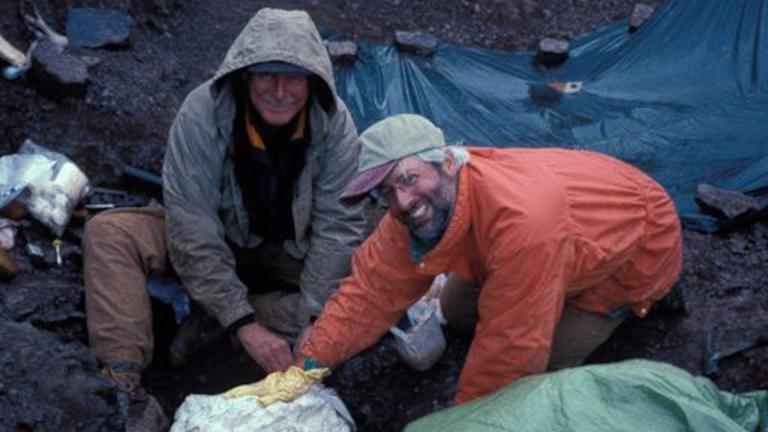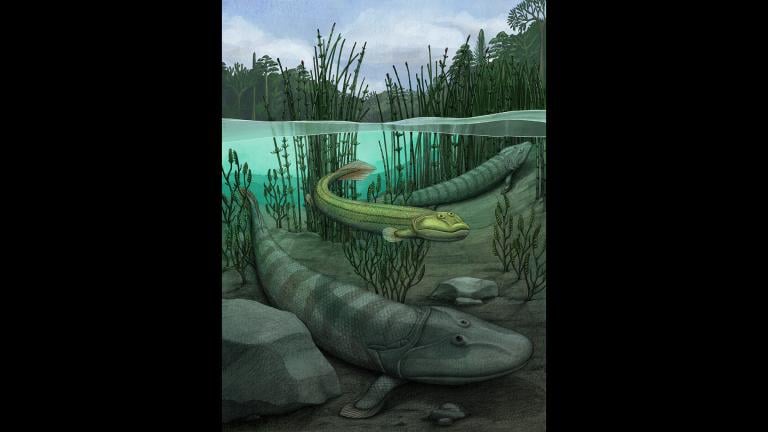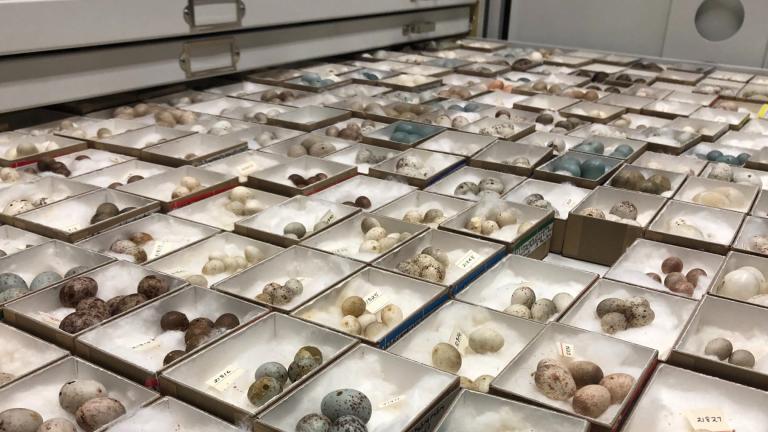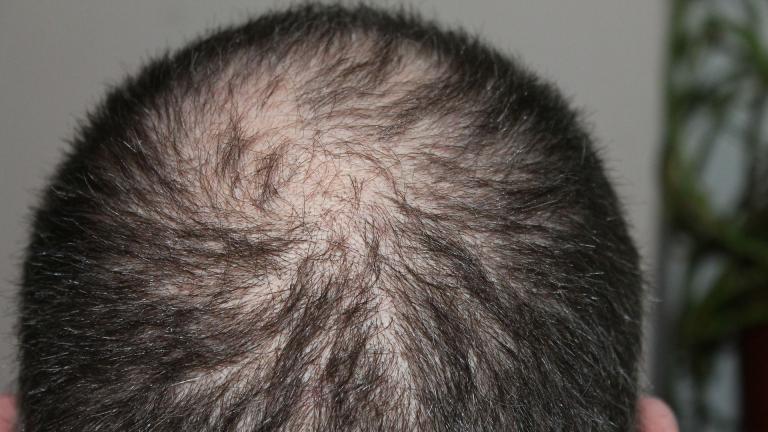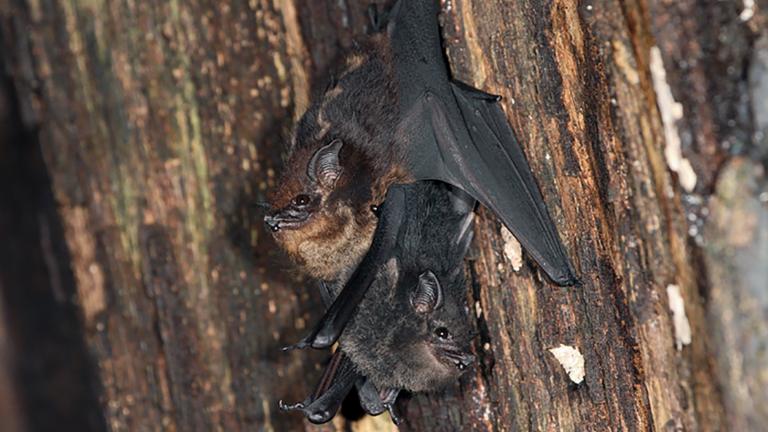Researchers at Northwestern University appear to have successfully reversed age-related memory loss by stimulating the brain with electromagnetic pulses.
Neil Shubin, University of Chicago paleontologist and one of our favorite explainers of all things scientific, discusses that and other stories making headlines from the world of science.
Below, more about each story we discuss.
Brain stimulation reverses age-related memory loss
Researchers at Northwestern University say they have been able to reverse age-related memory loss using a technique that targets the brain’s memory center with electromagnetic pulses.
Transcranial Magnetic Stimulation is already used to treat patients with depression but had not previously been used to treat memory loss.
“Older people’s memory got better up to the level that we could no longer tell them apart from younger people,” said lead investigator Joel Voss, associate professor at Northwestern University Feinberg School of Medicine.
Chicago tops list of most dangerous cities for migrating birds
An estimated 600 million birds die every year in the U.S. from building collisions.
A team from the Cornell Lab of Ornithology found that the three most dangerous cities in America for migrating birds are Chicago, Houston and Dallas. The three cities are situated on major migratory routes.
One way to reduce bird collisions is to reduce light from building windows when migrations are at their peak.
Escaped pet parrots are now naturalized in 23 U.S. States
Parakeets that first came to this country as pets are now breeding in the wild – including in Chicago. Monk parakeets were imported to the U.S. in large numbers in the 1950s and 1960s and many either escaped or were released by their owners.
Researchers at the University of Chicago say imported parakeets are now breeding in the wild in 23 states.
The largest local colony of parakeets is under the Skyway Bridge that connects Illinois and Indiana.
Scientists created bacteria with a synthetic genome
Scientists in Britain have created a living organism whose DNA is entirely human made. Researchers at the Medical Research Council Laboratory of Molecular Biology report they had rewritten the DNA of the bacteria Escherichia coli, creating a synthetic genome four times larger.
According to the New York Times “the bacteria are alive, though unusually shaped and reproducing slowly. But their cells operate according to a new set of biological rules, producing familiar proteins with a reconstructed genetic code.”
Teams around the world are racing to build synthetic genomes that could one day lead to organisms that produce medicines or other valuable molecules, in effect functioning as living factories.
Bedbugs evolved during the time of dinosaurs
It turns out bedbugs have been around a lot longer than we thought. They were previously thought to have evolved around 50 million years ago but now researchers say DNA analysis shows they are at least 100 million years old and were around at the time of dinosaurs. It’s hoped that by better understanding their evolutionary history it will be possible to develop improved ways of controlling them.
Related stories from WTTW News:
Chicago is Most Dangerous City for Migratory Birds, Study Finds
Neil Shubin Hunts Fossils in Antarctic ‘Graveyard’
Researchers Find Microplastics in Illinois Groundwater

